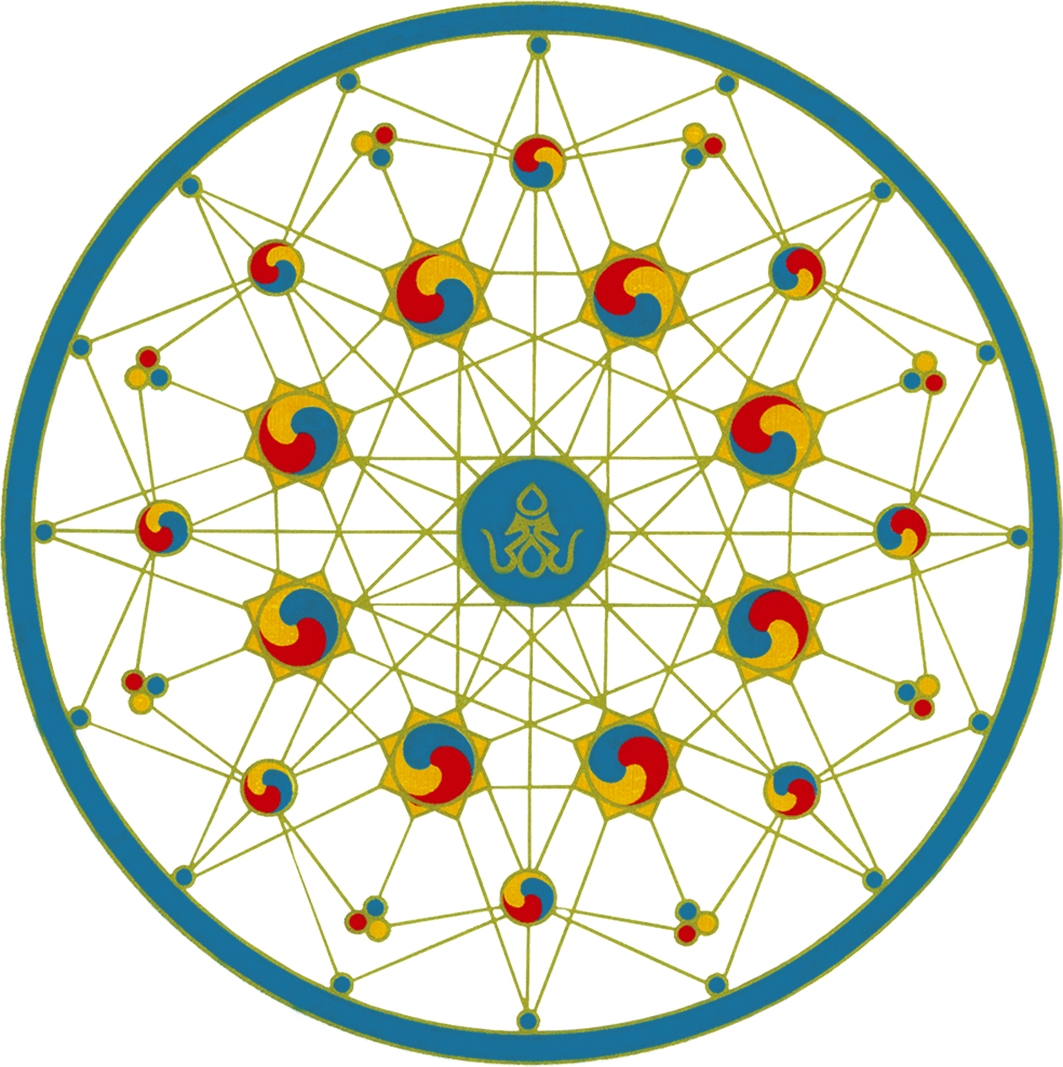
INTERNATIONAL
DZOGCHEN COMMUNITY
It has grown spontaneously around the inspirator and Master, Chogyal Namkhai Norbu, and the Community is open to everyone.
The various centres of the Community are considered as places for approaching, sharing and applying the practice of awareness, where it is possible to collaborate with others in the common goal of spiritual growth and enrichment, friendship and harmony.
The Dzogchen Community represents a space, particularly suited to the needs of our present-day lifestyle, meeting the growing necessity to combine modern technology with ancient wisdom, from which to draw upon.
The structure of the Community has a non-bureaucratic organisation and is founded on the development of non-herarchic communication networks, based on local reference groups; the Gakyil.
GAKYIL (literally “mandala of joy”) is an organism comprising three sections, distinguished by colours; yellow, red and blue, which correspond, according to an ancient Buddhist model, to the three aspects of the individual (body, energy and mind).
The yellow Gakyil (relating to the dimension of the body)directs the economic management. The red Gakyil (relating to the dimension of energy) deals with the activities and projects, regarding the maintenance and development of the centre. The blue Gakyil (relating to the dimension of the mind) organises the cultural activities and those connected to the practice.
The Gakyil is a collective body without any internal hierarchy, where decisions are made by common consensus of all of the components. Members of the Gakyil can be three, six or nine and are elected each year.
Besides the local Gakyil, there is also an International Gakyil, whose duties relate to managerial aspects and coordination.
The largest meeting places are called “Gar”. At present, there are two of these in Europe (Merigar), two in Russian-speaking countries (Kunsangar), two in the United States of America (Tsegyalgar), two in South America (Tashigar) and two in Australia (Namgyalgar).
The Community has thousands of members in more than forty countries.
